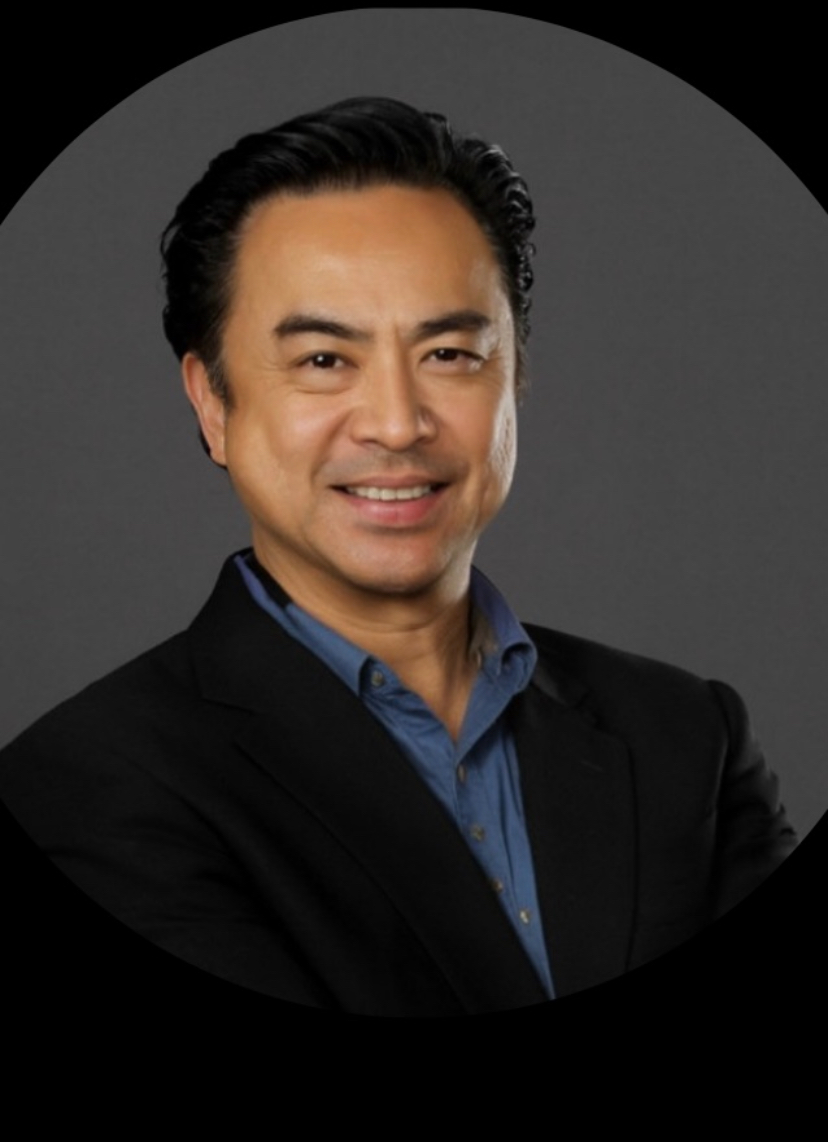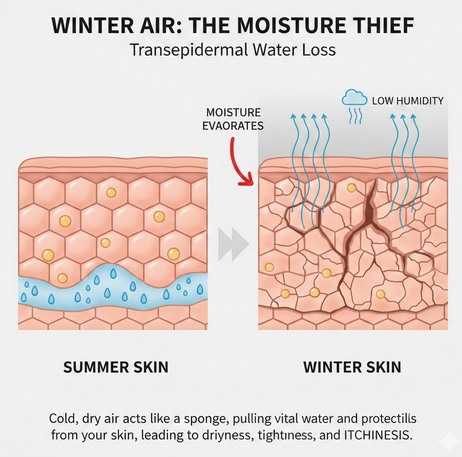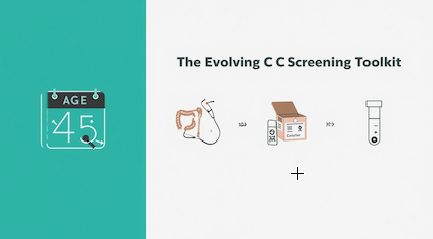The Earth's Whisper: Dr. Abelardo Aguilar, Erythromycin, and the Unsung Heroes of Discovery
- OliveHealth

- Jun 28
- 4 min read
by Dr. Ed Fuentes


The story of scientific breakthroughs often conjures images of gleaming laboratories and Eureka moments under bright lights. Yet, some of the most profound answers to humanity's challenges lie not in complex machinery, but in the unassuming embrace of the natural world – in the very soil beneath our feet, the rustling leaves of trees, and the silent ecosystems thriving around us. The tale of Dr. Abelardo Aguilar and the discovery of erythromycin is a powerful testament to this truth, while also raising critical questions about credit, ownership, and our role as stewards of nature's bounty.
In the late 1940s, in the lush landscapes of Iloilo, Philippines, a Filipino physician and scientist named Dr. Abelardo Aguilar was quietly making history. Working as a medical representative for the American pharmaceutical giant Eli Lilly and Company, Aguilar harbored a deep curiosity about the natural world around him. Perhaps it was a memory from his childhood – a scraped knee on a farm, or a small cut on his hand that, by some instinct or an old family remedy passed down by a grandmother or aunt, was covered with a handful of earth from an "enriched" part of the farm, and miraculously healed. Or maybe, as a physician in a land rich with traditional healing practices, he observed how local communities intuitively turned to the earth's offerings for solace and cure. Whatever the specific spark, Aguilar understood that the earth held secrets, and he had a hunch that solutions to diseases might be found within its fertile embrace. It was this intuitive understanding that led him to collect a soil sample from his native province.
Little did he know, this seemingly ordinary handful of earth contained a microscopic marvel: a strain of bacteria, later identified as Saccharopolyspora erythraea (originally Streptomyces erythreus), that produced a potent antibiotic. Aguilar dutifully sent his discovery to Eli Lilly's laboratories in the United States. There, the company's research team successfully isolated and processed the active compound, which they named erythromycin. By 1952, erythromycin was commercialized and quickly became a vital tool in the fight against bacterial infections, saving countless lives worldwide. Its efficacy was such that Eli Lilly even acknowledged its origin with brand names like "Ilosone" and "Ilotycin," a subtle nod to Iloilo City in the island of Panay, Philippines
.
Aguilar's story, however, takes a poignant turn here. Despite his crucial role in initiating the discovery, Dr. Aguilar, the man who first recognized the potential in that Iloilo soil, reportedly received no royalties or significant recognition beyond his employment salary. For decades, he sought due credit and compensation, but his efforts, tragically, proved futile.
This disparity in recognition forces us to confront a fundamental question: who truly "discovers" or "invents" something when nature provides the raw material? The conventional narrative often grants credit to those with the resources to "process" and commercialize a discovery. Eli Lilly undeniably invested significant resources in isolating, testing, and mass-producing erythromycin, making it accessible to the world. Their scientific expertise transformed a natural compound into a life-saving medicine.
Yet, can we truly claim to "manufacture" a substance like erythromycin? Or are we, in essence, merely facilitating its journey from its natural source to human application? The very existence of erythromycin was a gift from the Earth itself, a product of microbial life evolving over millennia. Dr. Aguilar's genius lay not just in his scientific acumen, but in his insight – his ability to connect the ancient whispers of the land with the rigorous demands of modern science, to look beyond the lab and perceive the potential in the natural world. He was the initial bridge between nature's offering and human need.
This perspective shifts our understanding of invention from purely human creation to a more profound partnership with the planet. It underscores the idea that many answers to our most pressing questions are right in front of us, woven into the intricate tapestry of nature. From the ancient wisdom embedded in traditional medicine to the ongoing search for new cures in rainforests and oceans, the natural world continues to be our greatest library of solutions.
Ultimately, the story of Dr. Abelardo Aguilar and erythromycin is a powerful reminder that we are not the sole manufacturers of such wonders. Whether one attributes it to the intricate design of nature or the divine benevolence of God, these substances are fundamentally gifts. Our role, as scientists, as innovators, and as a society, is not just to exploit these gifts, but to recognize their origins, to honor those who first perceive their potential, and to act as responsible stewards of the planet that continues to yield such life-altering discoveries. It challenges us to broaden our definition of discovery and to ensure that the credit, like the benefits, flows equitably to all who contribute to uncovering the Earth's whispered secrets.
References:




Comments